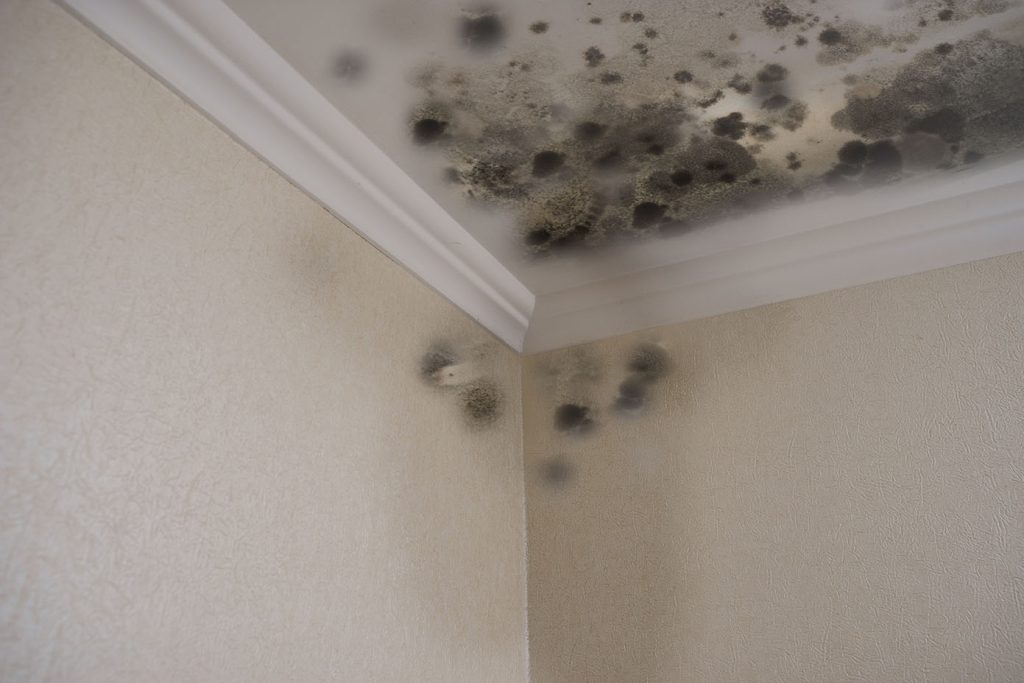Is mold dangerous?
-
There is a wide variability in how people are affected by airborne mold spore exposure. Currently, there is no established airborne concentration that is known to adversely affect any individual’s health. Most people have no reaction when exposed to molds. Allergic reactions, similar to pollen or animal allergies, and irritation are the most common health effects for individuals sensitive to molds. In some people, flu‐like symptoms or a skin rash may occur. Exposure to molds may also aggravate asthma.
-
Those with special health concerns should consult their doctor if they are concerned about mold exposure. Symptoms that may seem to occur from mold exposure may be due to other causes, such as bacterial or viral infections or other allergies. In very rare cases, fungal infections from building‐associated molds may occur in people with serious immune disease. Most symptoms are temporary and eliminated by correcting the mold problem.
But I don’t see any mold?
-
The most important step in getting rid of mold is to identify the source of moisture and eliminate it. If you only clean up the mold and do not fix the moisture problem, mold growth will recur. If the source of the moisture is related to a building failure or fault, such as a burst pipe or leaking roof, a professional contractor should be consulted. In instances where the moisture source does not appear to be related to leaks, floods, structural faults or rising damp, it is most likely due to condensation. If you do not see mold growth but smell a musty odor, mold may be growing underneath or behind water‐damaged materials, such as walls, carpeting, or wallpaper.
Do I need a professional?
-
Once the source of the moisture has been identified and fixed, you need to decide if removing the mold from the affected areas is something that can be done without professional assistance. If the mold growth was caused by sewage back‐up or other contaminated water, potential pathogens may be present and the work should be performed by a professional contractor that has experience in cleaning buildings damaged by contaminated water.
Can I get rid of the mold on my own?
-
If the mold growth is due to condensation or small‐scale leak and is limited to a small area (fewer than ten square feet), you can probably do the work yourself following guidelines such as those that have been prepared by the U.S. Environmental Protection Agency (EPA), Canada Mortgage and Housing Corporation and AIHA.
How do I clean moldy surfaces?
-
On hard surfaces, such as counter tops and furniture, use detergent and water to wash the mold off and then dry completely. The use of biocides or chemical disinfectants is not recommended as these may be hazardous to occupants. Moldy porous or absorbent materials, such as ceiling tiles, wallboard and carpeting should be removed and replaced. People cleaning mold should wear rubber gloves, goggles and an approved respirator to protect against breathing airborne spores. An N95 respirator would be appropriate for most cleanup projects, provided that you are medically capable of wearing a respirator. If you have health concerns, you should consult your doctor before doing any mold cleanup.
Should I have routine mold testing done?
-
Probably not. Looking for evidence of water damage and visible mold growth should be your first step. Testing for mold is expensive, and you should have a clear reason for doing so. In addition, there are no standards for “acceptable” levels of mold in the indoor environment. When air testing is done, it is usually to compare the levels and types of mold spores found inside the home with those found outdoors. If you know you have a mold problem, it is more important to spend time and resources solving the moisture problem and getting rid of the mold than to spend it on sampling.
Why are there no standards for mold exposure?
-
The available science on molds and their potential health effects remains under study, but the U.S. Centers for Disease Control and Prevention (CDC), the Institute of Medicine of the U.S. National Academy of Sciences, the World Health Organization and Health Canada all agree that living or working in a building with mold damage results in increased risk of respiratory disease. Health hazards from exposure to environmental molds and their metabolites relate to four broad categories of chemical/biological attributes; irritants, allergens, toxins and rarely,pathogens. Different mold species may be more or less hazardous with respect to any or all of these categories. Uncertainty is further complicated by a lack of information on specific human responses to well-defined mold contaminant exposures. In combination, these knowledge gaps make it impossible to set simple, meaningful exposure standards for molds and related contaminants.
Should I call a mold expert?
-
It never hurts to get expert advice. When it comes to mold, in many cases there are enough unknowns about its type, origin, and spread that talking with a Certified Mold Inspector is your wisest and safest option. Even if they confirm the problem is small and you can handle it yourself, the added peace of mind can be priceless.


